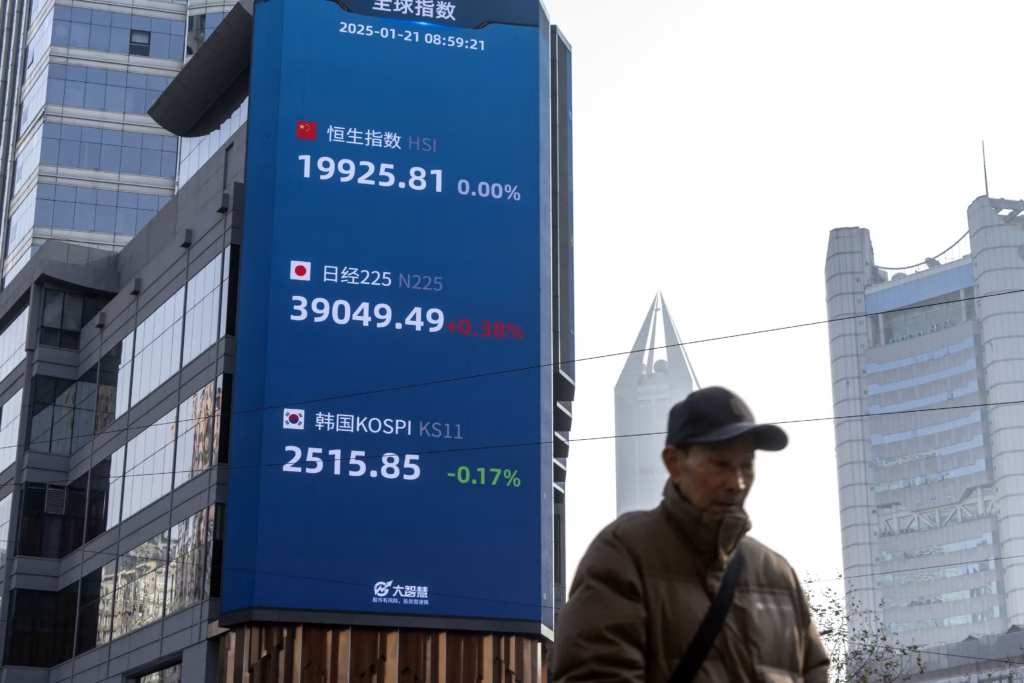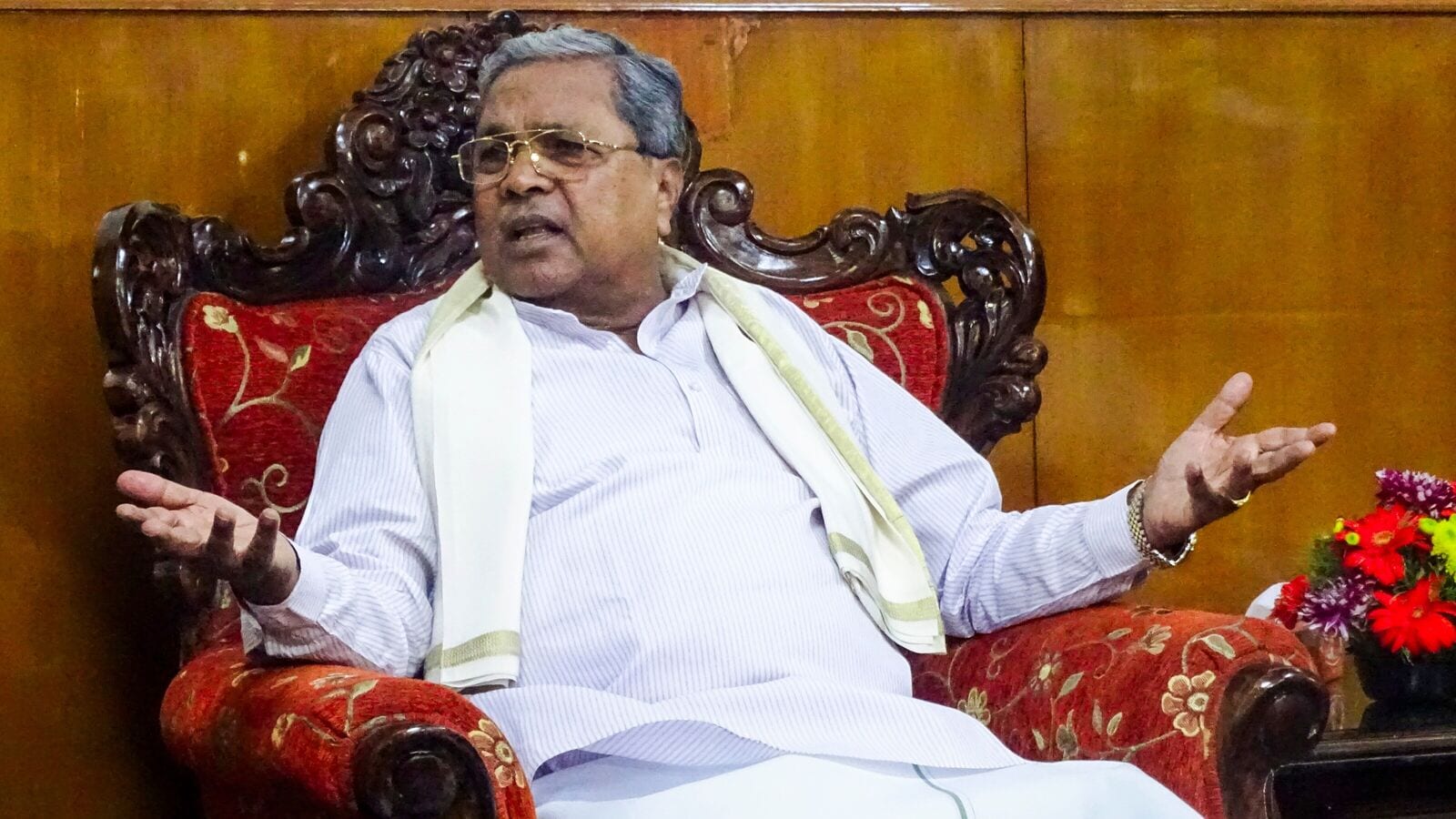Now Reading: Government Flags Illegal Content on X, Says It Poses Risk to Democracy and Public Safety
-
01
Government Flags Illegal Content on X, Says It Poses Risk to Democracy and Public Safety
Government Flags Illegal Content on X, Says It Poses Risk to Democracy and Public Safety

The Indian government has raised serious concerns about the spread of illegal content on social media platform X (formerly Twitter), stating that such unchecked material can undermine democratic processes and harm public order. Officials have urged the platform to take stronger steps in moderating harmful posts and complying with Indian laws to ensure digital spaces remain safe and accountable.
What Triggered the Warning
The government’s comments follow a series of posts on X that allegedly included misinformation, incitement to violence, and content violating Indian legal standards. Officials claim that despite multiple requests, the platform has not taken adequate action to address these violations.
According to the Ministry of Electronics and IT, failure to act against such content not only breaches Indian laws but also erodes trust in democratic institutions and public discourse.
Call for Compliance with Indian Laws
The government emphasized that all digital platforms operating in India must follow local rules, regardless of where their parent companies are based. This includes responding promptly to takedown orders and ensuring that sensitive content is monitored more rigorously.
Officials also pointed out that the rise in regional language posts on such platforms makes content moderation even more challenging and calls for stronger on-ground teams familiar with the country’s linguistic and cultural diversity.
Why Tier 2 Cities Are at Greater Risk
With internet penetration growing rapidly in Tier 2 and Tier 3 cities, platforms like X are now deeply embedded in local communication. However, these regions often lack strong digital literacy or mechanisms to verify content, making them more vulnerable to misinformation and fake narratives.
A single viral post—especially during elections or communal tensions—can spread rapidly and cause real-world consequences in smaller towns with limited crisis management resources.
Experts Call for Balanced Oversight
While digital rights activists agree on the need to curb harmful content, they also stress that regulation should not lead to over-censorship or compromise free speech. They advocate for a balanced approach where transparency, user safety, and legal compliance go hand in hand.
Some suggest that platforms should work more closely with civil society groups and local fact-checkers to create a healthier online ecosystem.
Conclusion:
The Indian government’s warning to X highlights the growing tension between digital freedom and platform accountability. As more people across India rely on social media for information and expression, ensuring these platforms remain both open and responsible is a challenge that can’t be ignored. How X responds now could shape the future of online discourse in the country.

























